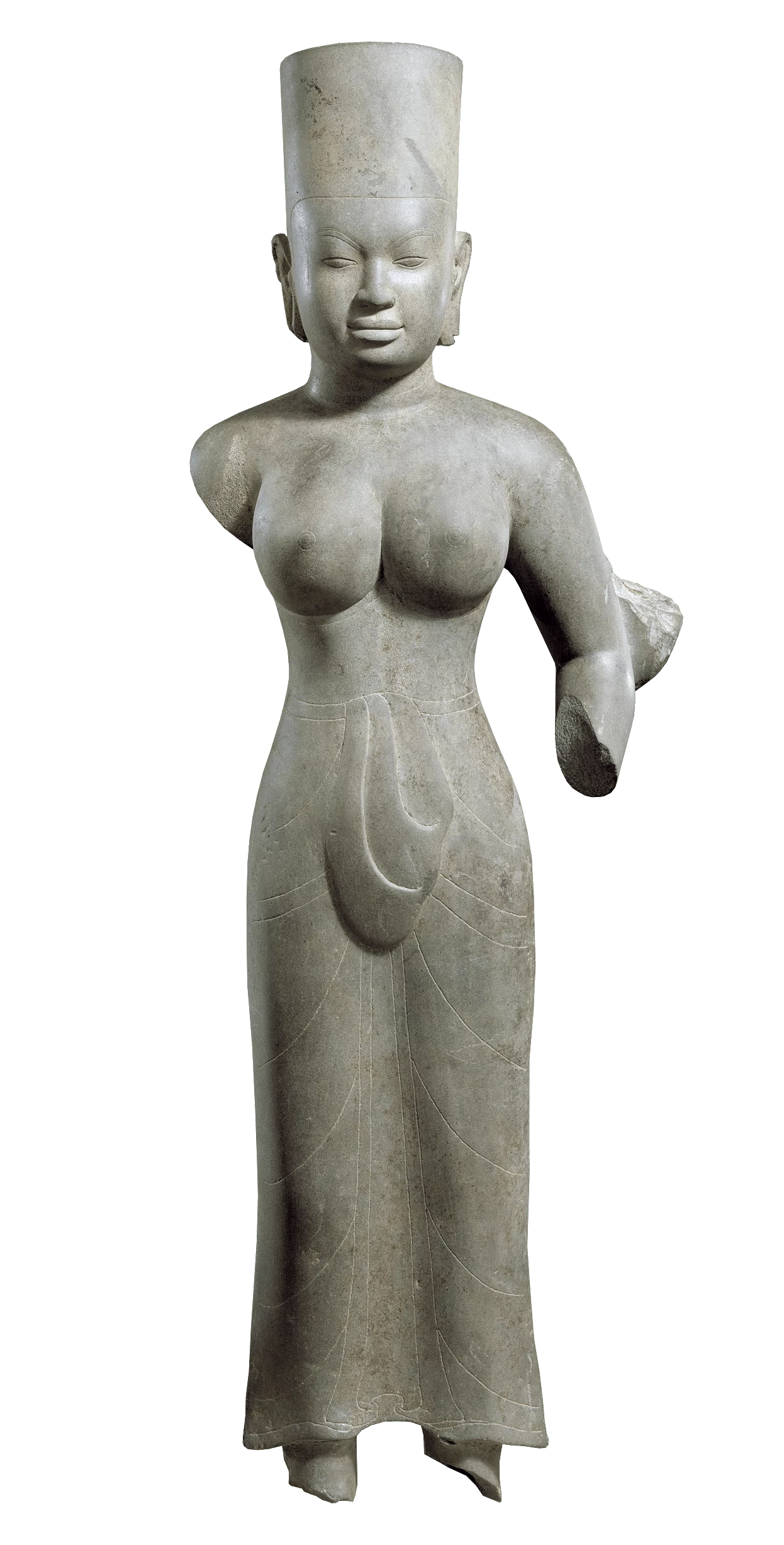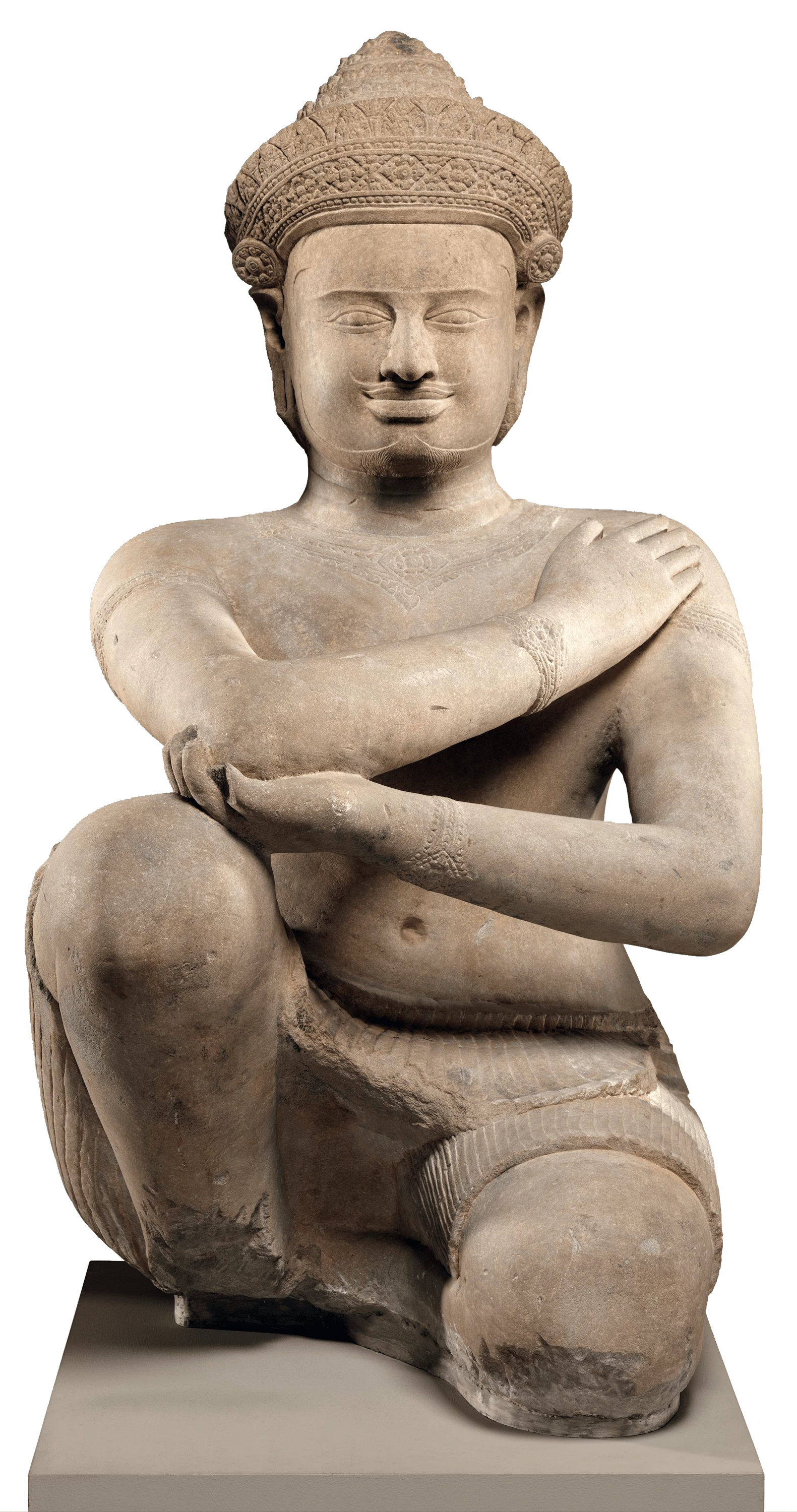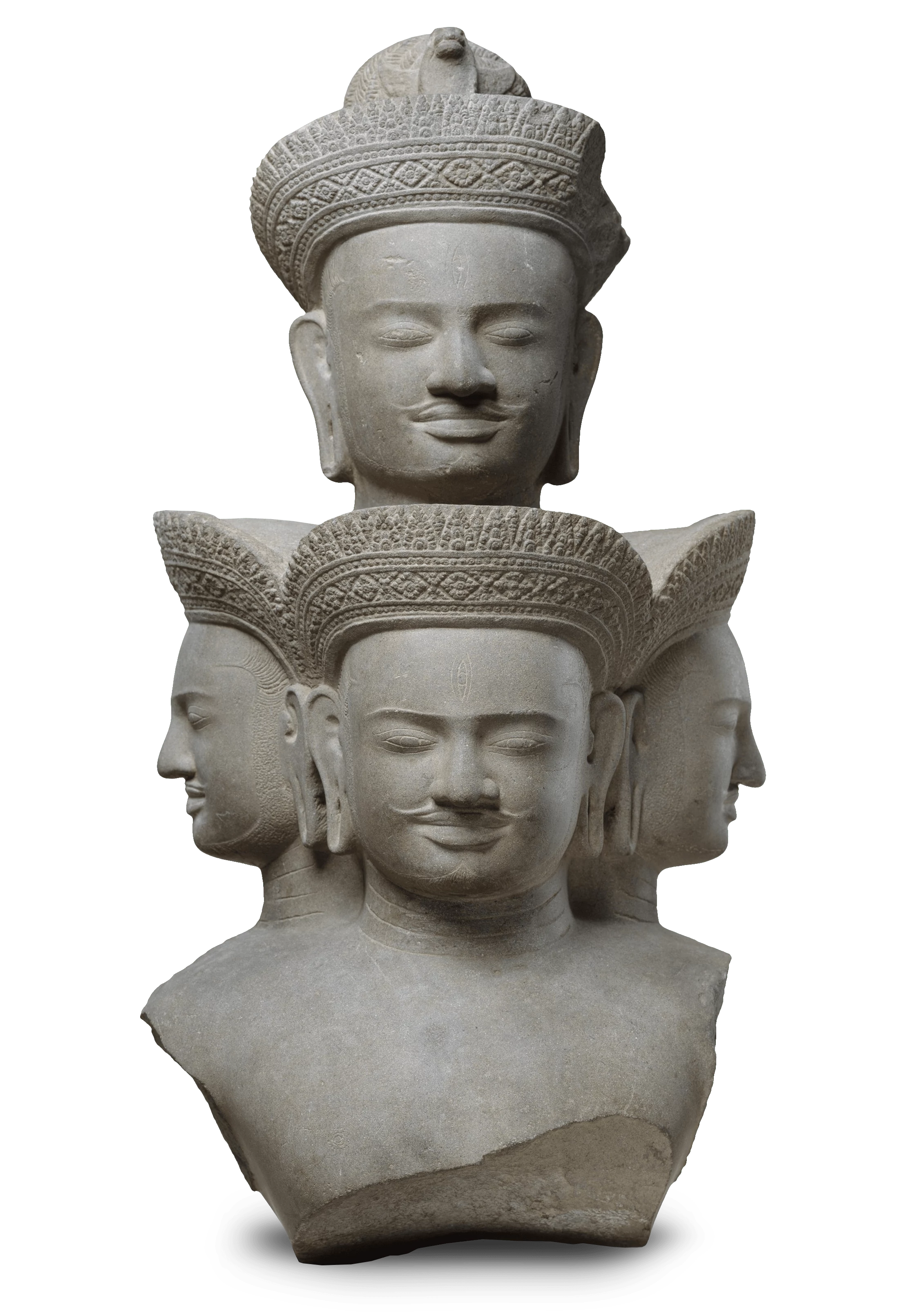Khmer Art
The God-kings and stone cities of Cambodia


In 802 CE, King Jayavarman II (ជ័យវរ្ម័នទី២) ascended the sacred Mountain Phnom Kulen in the city of Mahendraparvata and declared himself the Deva Raja, the God King and universal monarch. But king of what? At the time, Southeast Asia and what is now Cambodia was made up of many independent tribes led by belligerent warlords and theoretically overseen by the Sailendra dynasty of Java. Jayavarman II made good on his declaration, unifying the Cambodian tribes and founding the Khmer empire, the dominant culture in Southeast Asia until the 15th century.
The defining aspect of the Khmer empire was its magnificent urban centers. Over its 700 year arc, the massive cities of Yasodharapura, Koh Ker, and Angkor were cut from the jungles or raised from rich rice paddies and crowned with elaborate Hindu and Buddhist temples. While Khmer politics were rife with familial infighting and ongoing battles with neighboring powers, these cities continued to flourish. Angkor became at its height a mega-city housing .1% of the entire world population, and flush with more than one thousand temples, including the famous Angkor Wat.
The massive cities of the Khmer empire contributed to its decline. Urban sprawl encroached on surrounding farms, and clearcutting nearby forests created runoff that choked irrigation networks. Recently, the Greater Angkor Project proposed that severe droughts and flooding contributed to massive infrastructural collapse. Many Khmer cities were abandoned and consumed by the jungle. Koh Ker was found empty by a French expedition in 1880, and Mahendraparvata was only uncovered with the aid of LIDAR scanning technology in 2012.






